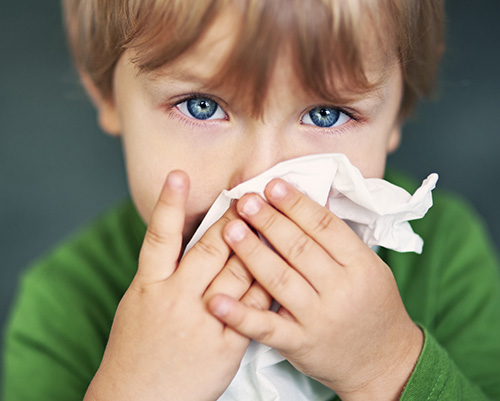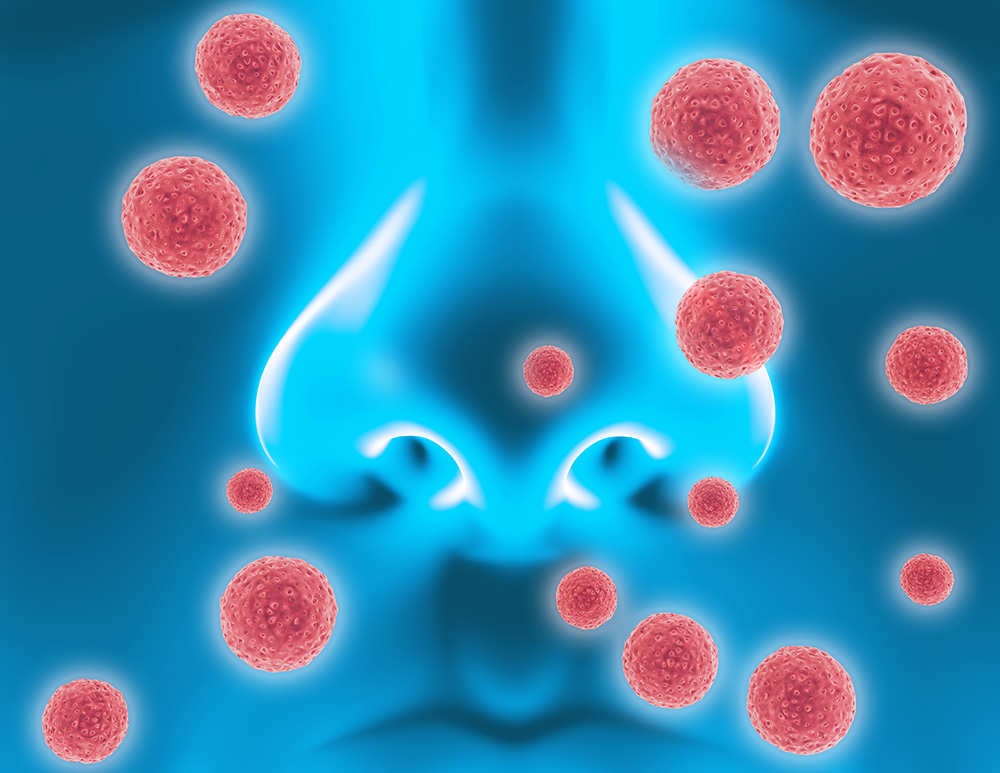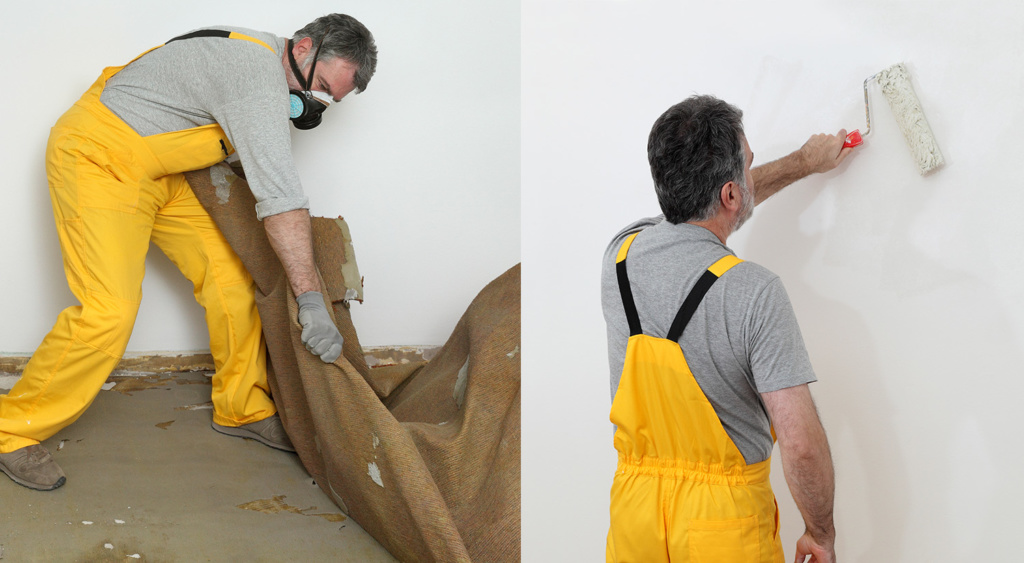Why is Ventilation and Filtration Important?

To meet the demands for energy conservation, we have built our homes to keep fresh air out. As we increase our home’s efficiency, we also become more efficient at trapping contaminants. That means the air inside our homes — the air we breathe every day — is likely to be more polluted than the air outdoors. Up to 50 times more.
The most harmful contaminants in our homes are airborne particulates that are invisible to the naked eye. Particulate matter less than 10 micrometers in size, including fine particles less than 2.5 micrometers, penetrate deep into the lungs, causing serious health problems.
Evidence from community studies links particulate exposure to premature death, increased hospitalization, school absence, and lost work days due to respiratory and cardiovascular diseases like asthma. People most at risk are children, the elderly, and people with chronic respiratory problems.
Immediate Effects
Sick Building Syndrome
Long-term Effects
Indoor Types of Pollutants

Volatile Organic Compounds’ Impact on Indoor Air Quality
Volatile organic compounds (VOCs) are emitted as gases from certain solids or liquids. VOCs include a variety of chemicals, some of which may have short- and long-term adverse health effects. Concentrations of many VOCs are consistently higher indoors (up to ten times higher) than outdoors. They are emitted by a wide array of products numbering in the thousands.
Sources of VOCs
Household products, including:
- paints, paint strippers and other solvents
- wood preservatives
- aerosol sprays
- cleansers and disinfectants
- air fresheners
- stored fuels and automotive products
- hobby supplies
- dry-cleaned clothing
- pesticide
- building materials (wood, insulation, glue)
- furnishings


